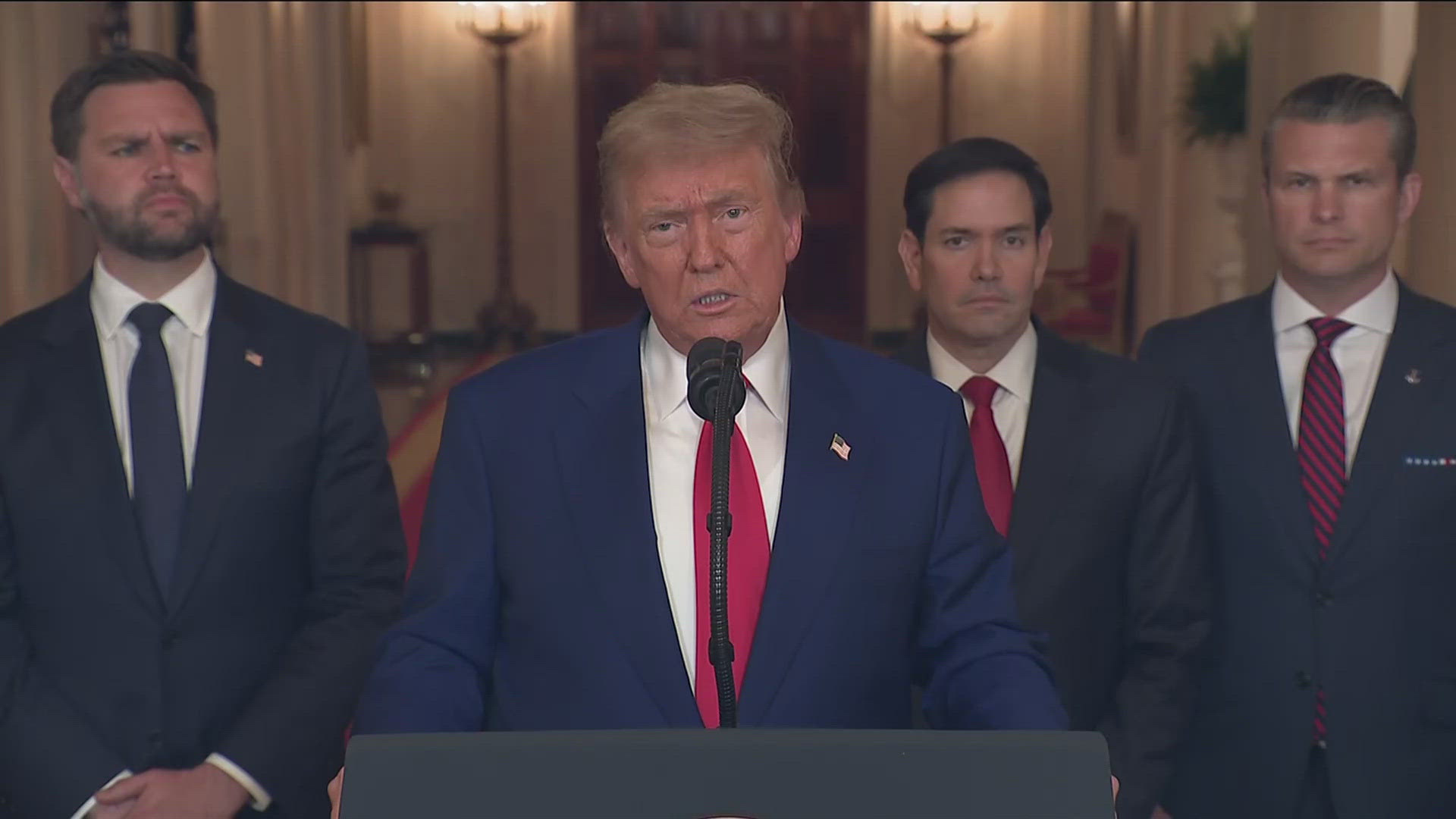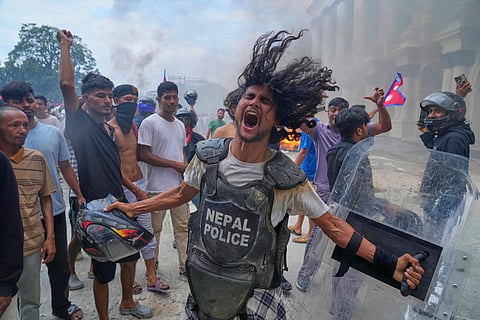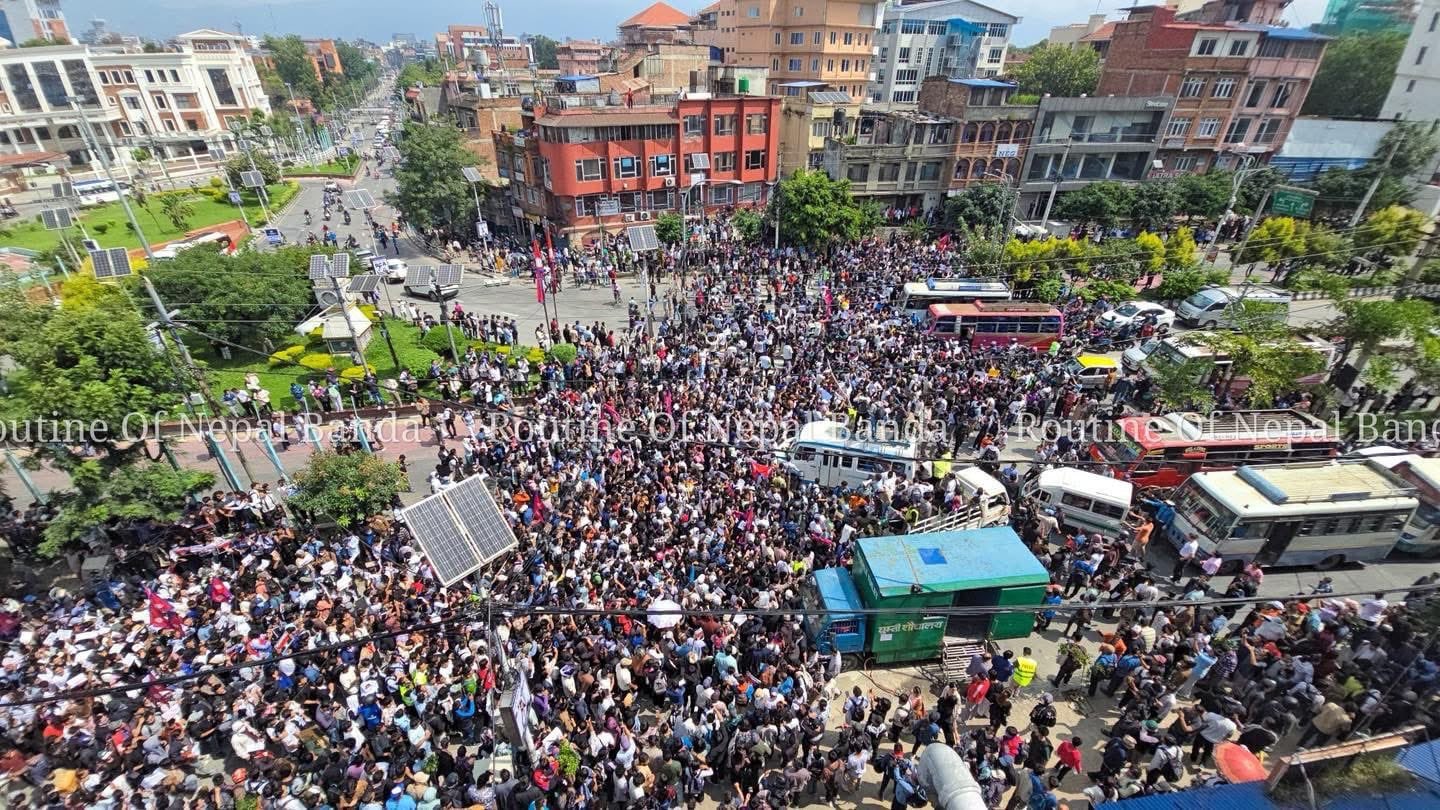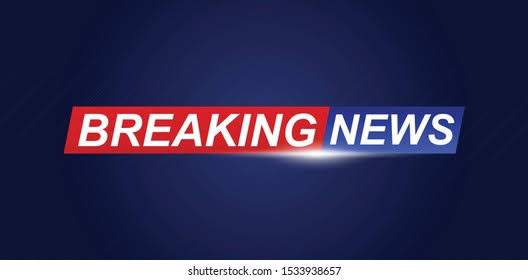PTI, TEL AVIV, JUNE 22, 2025 : The US military struck three sites in Iran early on Sunday, inserting itself into Israel’s effort to destroy Iran’s nuclear programme in a risky gambit to weaken a longtime foe.
The decision to directly involve the US comes after more than a week of strikes by Israel on Iran that have moved to systematically eradicate the country’s air defences and offensive missile capabilities, while damaging its nuclear enrichment facilities. But US and Israeli officials have said that American stealth bombers and a 30,000-pound (13,600-kilogram) bunker buster bomb they alone can carry offered the best chance of destroying heavily fortified sites connected to the Iranian nuclear programme buried deep underground.
President Donald Trump announced the strikes. Iran’s state-run IRNA news agency reported that attacks targeted the country’s Fordo, Isfahan and Natanz nuclear sites. The agency did not elaborate. Iran’s foreign minister said Iran reserves the right to retaliate.
“I would just say, as the President has directed and made clear, this is most certainly not open-ended,” US defence secretary Pete Hegseth said, adding that it doesn’t limit US ability to respond and it will do so if necessary. “The most powerful military in the world is postured and prepared to defend our people,” Hegseth said.
A Pentagon-provided map of the flight path taken by B-2 stealth bombers indicates that their approach to Iran took them over the Mediterranean and then over Israel, Jordan and Iraq. It is not immediately clear when those three countries were made aware of the flights.
Israel has said the US strikes were carried out in coordination with its military. The US said the strikes did not involve Israeli jets. The Pentagon released the map to journalists as it gave details of the mission, which it described as causing “extremely severe damage and destruction” to three Iranian nuclear sites.
Hours after Iran’s top diplomat disclosed that the line of communication between Washington and Tehran remains open, the US defence secretary echoed his remarks in a press conference. “I can only confirm that there are both public and private messages being directly delivered to the Iranians in multiple channels, giving them every opportunity to come to the table,” Hegseth said.
As the US and the region await Iran’s response to the overnight strikes, Hegseth said that military generals have elevated force protection measures across the region, especially in Iraq, Syria, and the Persian Gulf. “Our forces remain on high alert and are fully postured to respond to any Iranian retaliation or proxy attacks, which would be an incredibly poor choice,” Hegseth told reporters.
A Mideast-based maritime centre overseen by the US military warned Sunday that there’s a “high” risk to US-associated ships after the American strikes on Iranian nuclear sites. “The threat to US-associated commercial shipping in the Red Sea and Gulf of Aden is currently assessed as HIGH,” the Joint Maritime Information Centre, which is overseen by the US Navy, wrote in an advisory to shippers. “This categorisation follows US strikes on Iranian nuclear facilities and Houthi rhetoric directly targeting the US-associated maritime assets,” it said.
Yemen’s Houthi rebels on Saturday said they would attack US-associated ships if America attacked Iran. The Trump administration said that its attack on three Iranian nuclear facilities was not about toppling the country’s government. “This mission was not and has not been about regime change,” Hegseth said at a Sunday news briefing.
Air Force Gen. Dan Caine, the chairman of the Joint Chiefs of Staff, stressed that the goal of “Operation Midnight Hammer” had destroyed the nuclear sites in Fordo, Natanz and Isfahan. “Final battle damage will take some time, but initial battle damage assessments indicate that all three sites sustained extremely severe damage and destruction,” Caine said.
However, the US defence secretary said that despite a surprise attack overnight on Iranian nuclear sites, America “does not seek war.” Hegseth said it was important to note that US strikes did not target Iranian troops or the Iranian people, a veiled effort to indicate to Iran that they don’t want retaliation on American targets in the region.
According to him, a choice to move a number of B-2 bombers from their base in Missouri earlier Saturday was meant to be a decoy to throw off Iranians. He added that the US used other methods of deception as well, deploying fighters to protect the B-2 bombers that dropped 14 bunker-buster bombs on two of Iran’s most powerful nuclear sites. He said that all of these tactics helped the US drop the bombs without tipping off Iran’s fighter jets or its air missile systems.
Iranian President Masoud Pezeshkian condemned the US attacks. “This aggression showed that the United States is the primary instigator of the Zionist regime’s hostile actions against the Islamic Republic of Iran,” Pezeshkian said. “Although they initially tried to deny their role, after our armed forces’ decisive and deterrent response and the Zionist regime’s clear incapacity, they were inevitably forced to enter the field themselves.









